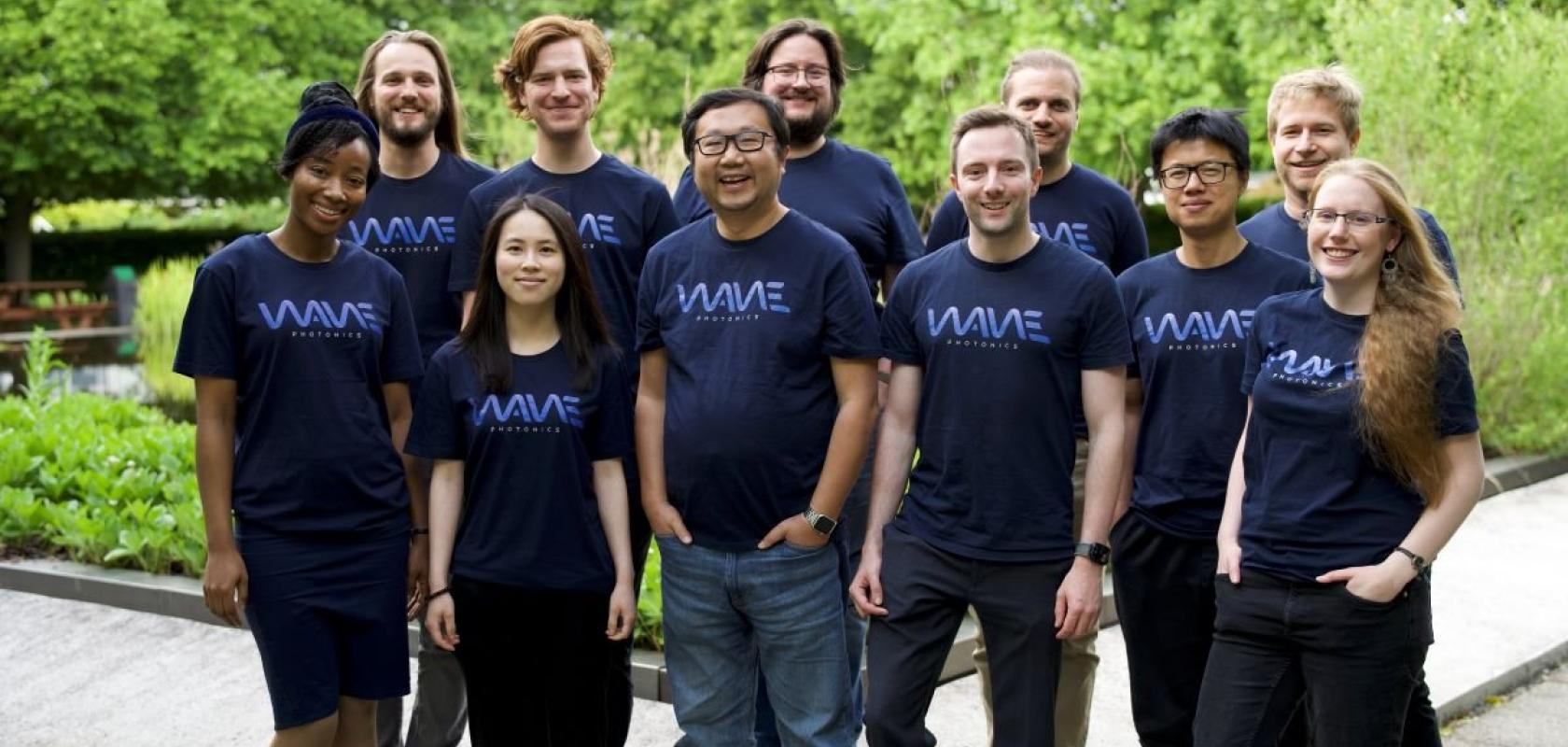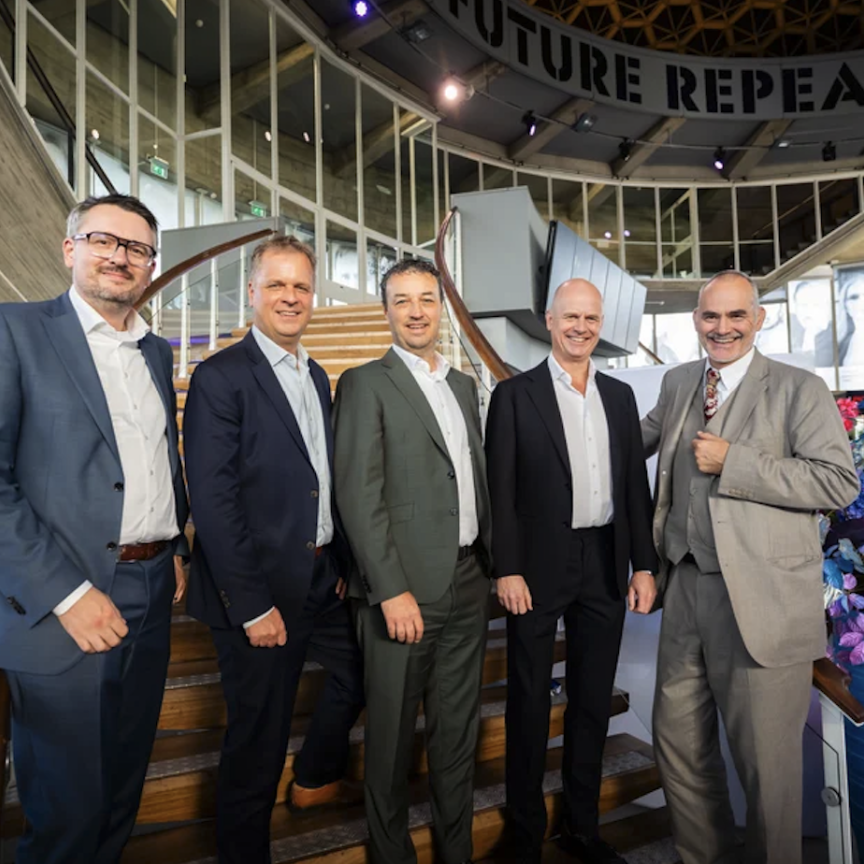Cambridge-based startup Wave Photonics has more than quadrupled its total funding to date, reaching £4.5m after completing a recent investment round led by the UK Innovation & Science Seed Fund and Cambridge Enterprise Ventures.
Using the same process that semiconductor electronic chips use to make circuits for light, integrated photonics can be used as a platform for a range of next-gen technologies including energy-efficient communications, wearable healthcare sensors, rapid diagnostic tools, optical tensor processors, on-chip lidar and quantum computing to a name a few. But taking a photonics integrated circuit (PIC) from concept to mass production can be a long and often prohibitively expensive process.
Speeding up the photonics productisation process
Founded in 2021 by two Quantum Photonics PhDs, James Lee and Matthew Anderson, and a former quantitative finance VP experienced in mathematical and computational modelling, Mateusz Kubica, Wave Photonics – who began a £500,000 project to establish a UK supply chain for trapped ion quantum computers last year – has developed computational photonics technology that reduces the product development time. The company’s mission is to unlock valuable photonics markets by reshaping the currently fragmented and inefficient photonics development cycle.
“The team has spent the past few years building and experimentally validating our design technology,” said James Lee, Wave Photonics CEO, “it’s exciting to have the resources to begin deploying it to solve real industry problems.” Mark White, investment director at the UK Innovation & Science Seed Fund (UKI2S), also confirmed: “We are delighted to be co-leading this seed round for Wave Photonics. When we first Jamie [James] and his partners, we were very impressed by both the vision and the promise of the very innovative approach taken to design for the next generation of integrated photonics.”
Dr. Christine Martin, head of ventures at Cambridge Enterprise Ventures also commented that the investment firm was “pleased to follow our initial pre-seed investment and co-lead Wave Photonics’ seed round with UKI2S. Integrated photonics is poised to disrupt high-value industries ranging from quantum computing to bio-sensing, and Wave Photonics’ team and technologies are in a great position to enable and accelerate the adoption of next-generation integrated photonics products.”
New investment partners
“Redstone has been impressed by what the team at Wave Photonics has achieved so far and are thrilled to support their next phase of growth and development,” said Chiara Decaroli of Redstone, who also joined the seed round. “Integrated photonics is an expanding field with a strong impact on quantum technologies, as well as diverse applications touching our everyday life. We believe Wave Photonics’ products will play a significant role in shaping PIC’s design in the future.”
“Wave Photonics’ innovative approach to PIC design is a testament to the ingenuity and forward-thinking spirit we champion at QAI Ventures,” said Alexandra Beckstein, CEO and Co-Founder of the investment fund. “We look forward to witnessing their continued success and impact on the future of quantum technologies and beyond.”


